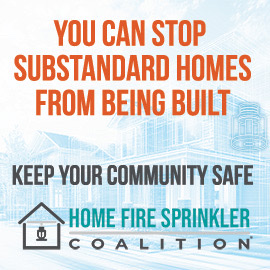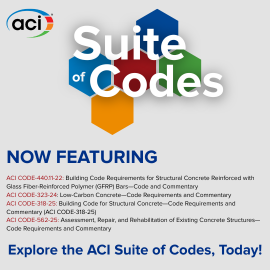
Code Corner: 2024 International Building Code Table 307.1 (1): Combustible Dusts
The Building Safety Journal’s series, Code Corner, explores sections of the I-Codes each month, focusing on key elements of these essential codes.
The International Codes® (I-Codes), developed by the International Code Council, are a family of fifteen coordinated, modern building safety codes that help ensure the design and construction of safe, sustainable and affordable structures.
The I-Codes are the most widely adopted set of model codes globally, implemented in all 50 U.S. states and many countries around the world.
The Building Safety Journal’s series, Code Corner, explores sections of the I-Codes each month, focusing on key elements of these essential codes. This month, we’re spotlighting the scope of Combustible Dusts within the 2024 International Building Code® (IBC) Table 307.1 (1).
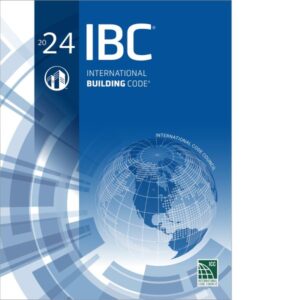
2024 International Building Code Table 307.1(1)
Historically, the previous legacy codes used to specify a maximum allowable quantity (MAQ) for combustible dusts. A dust explosion hazard potential was not considered to exist unless 1 pound or more of combustible dust per 1,000 cubic feet of volume was normally in suspension or could be put in suspension. This quantity threshold, however, was not carried over into the IBC.
The arbitrary quantity limitation was not considered to be the singular factor in determining whether a combustible dust explosion hazard exists. Critical factors such as particle size, material density, humidity and oxygen concentration play a major role in the evaluation of the dust hazard potential and are much too complex to be simply addressed.
Therefore, combustible dust hazard provisions are more performance based in the current 2024 IBC. While Section 202 specifically defines what constitutes a combustible dust, there is no MAQ specified in Table 307.1(1).

As such, via footnote “o” of Table 307.1(1) and Section 307.4, an analysis in accordance with Section 414.1.3 must be done to determine whether the type of combustible dusts present is of sufficient quantity under normal operating conditions to pose an explosion hazard and warrant a Group H-2 occupancy classification.

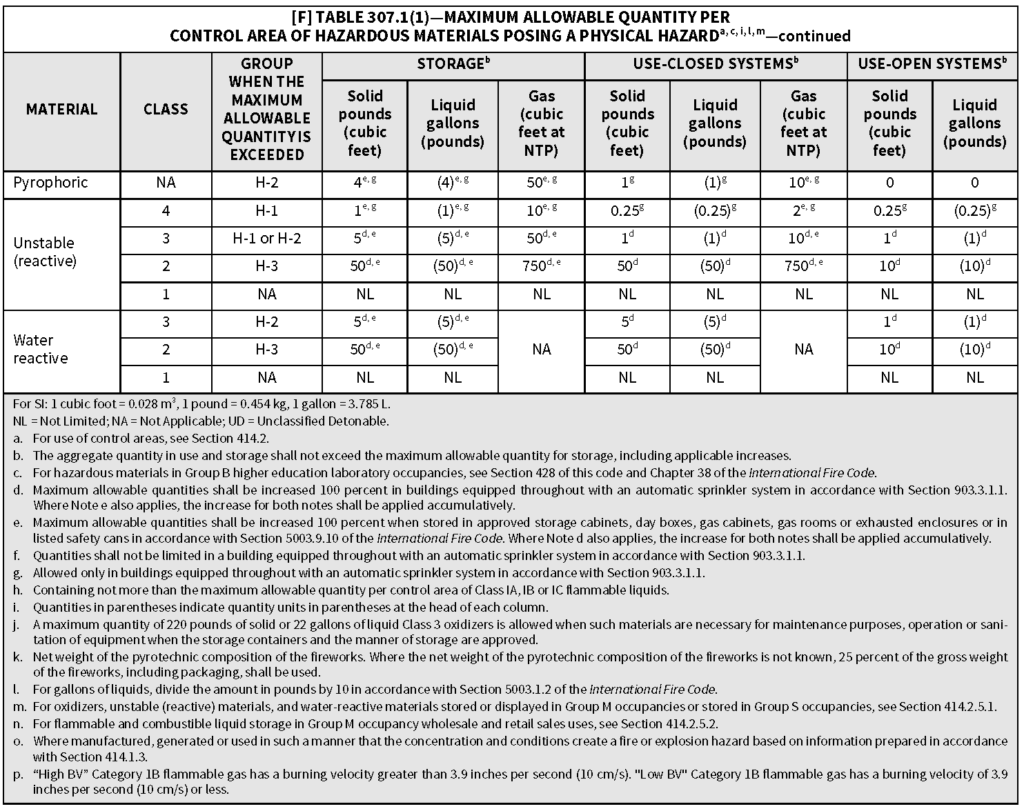
It should be noted that explosion control is only required for occupancies where combustible dusts are generated during manufacturing or processing in accordance with Table 414.5.1. Therefore, depending on the analysis conducted in accordance with Section 414.1.3, if the proposed occupancy involving potential combustible dusts does not warrant a Group H-2 occupancy classification, the occupancy classification would be based on the main occupancy the building resembles, most likely Group F-1 or S-1.
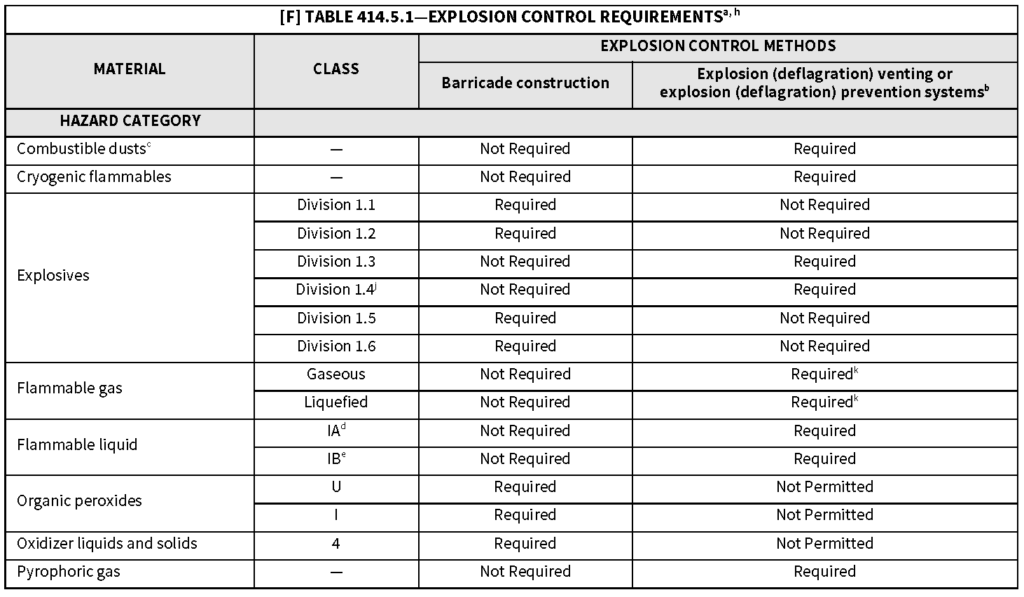
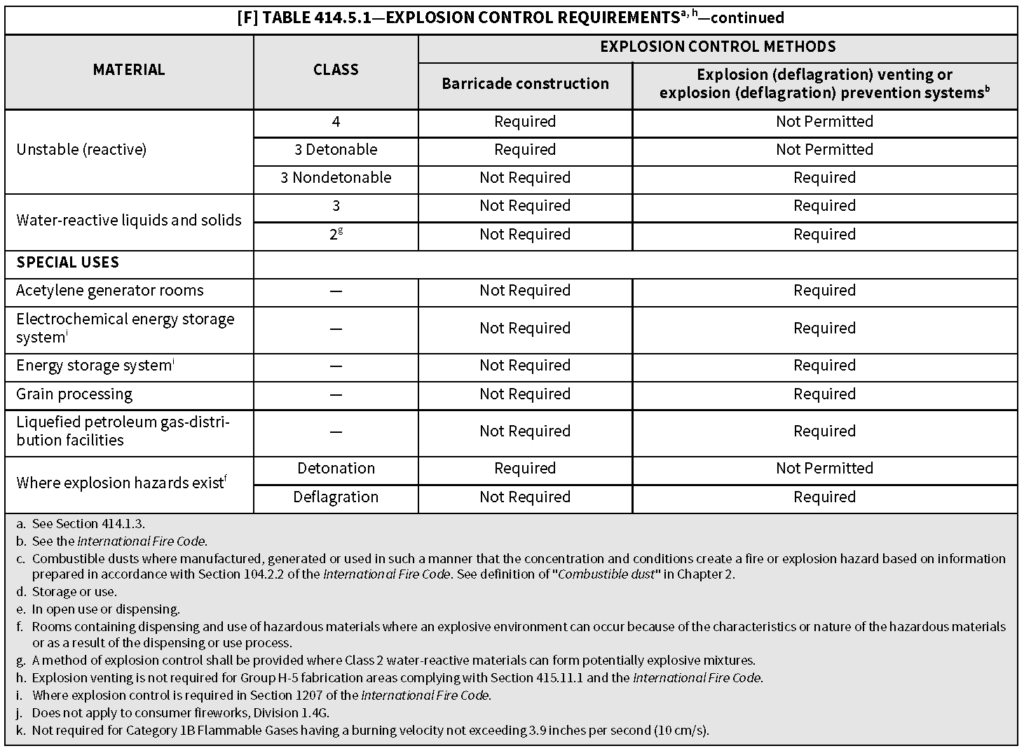
With that being said, regardless of occupancy classification, all combustible dust operations should comply with the provisions of Chapter 22 of the 2024 International Fire Code® (IFC) including any applicable referenced standards as indicated in IFC Table 2205.1.
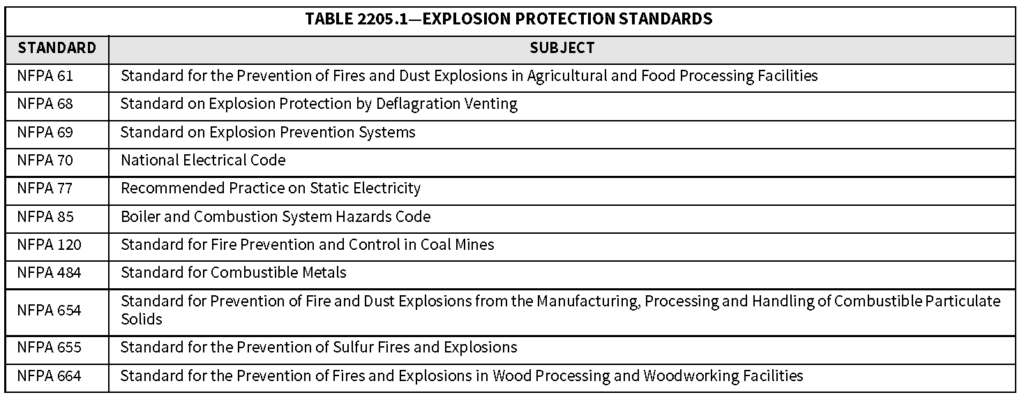
Demonstrated compliance with Chapter 22 of the IFC and any applicable referenced standards is not necessarily the sole means for determining whether a Group H-2 occupancy is warranted. Such demonstrated compliance, however, could be considered in the technical report required by IBC Section 414.1.3 with final evaluation subject to the building official.
To stay tuned for new articles in our Code Corner series, subscribe to the BSJWeekly here.




